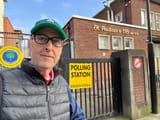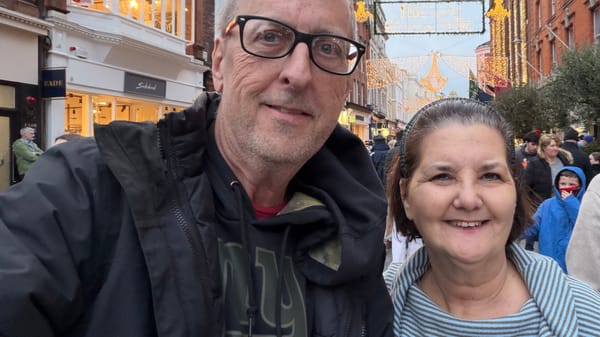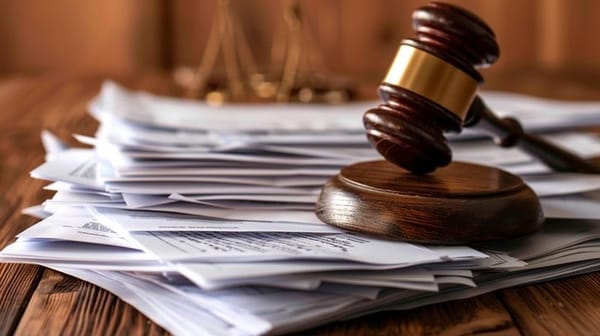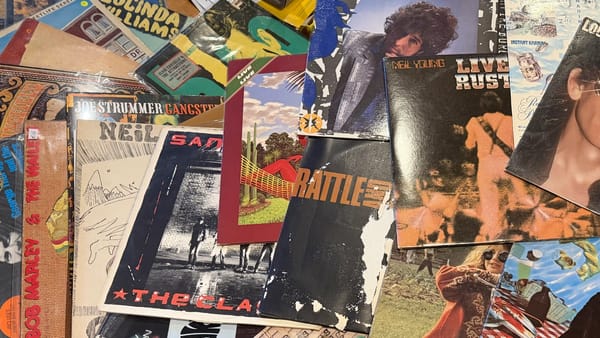Saigon 1995 Part I: Arrival in Saigon and a Distinctive Dinner – Friday, April 28, 1995
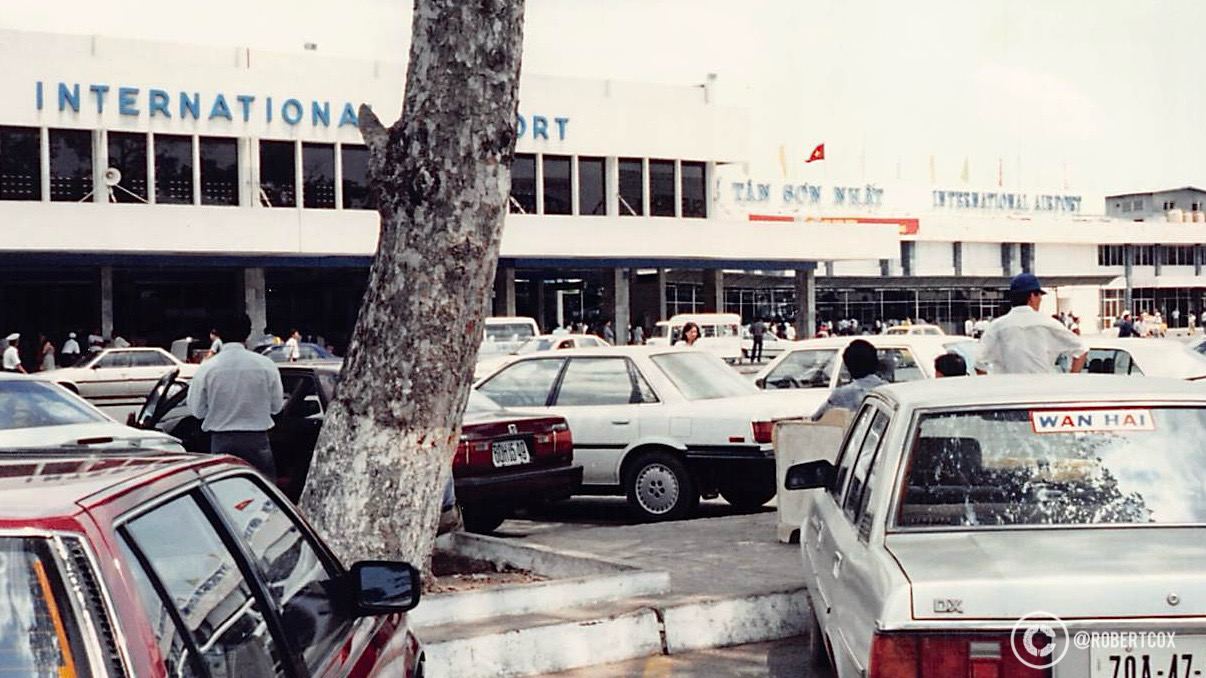
My journey began with a Vietnam Airlines flight from Bangkok, passing over Cambodia—which I avoided during my time in Southeast Asia due to an active Khmer Rouge kidnapping for ransom threat—and landing at Tan Son Nhat Airport on April 28, 1995. Young soldiers carrying AK-47s, most born after the war, patrolled the terminal, their presence a stark reminder of Vietnam’s history. As an American, my trip carried risks; the lack of U.S.-Vietnam diplomatic relations meant no embassy support. My Irish passport facilitated entry, but I suspected security identified me as American, likely before I left Bangkok. This atmosphere of scrutiny persisted throughout my visit — bugged phones and minders who followed me everywhere.
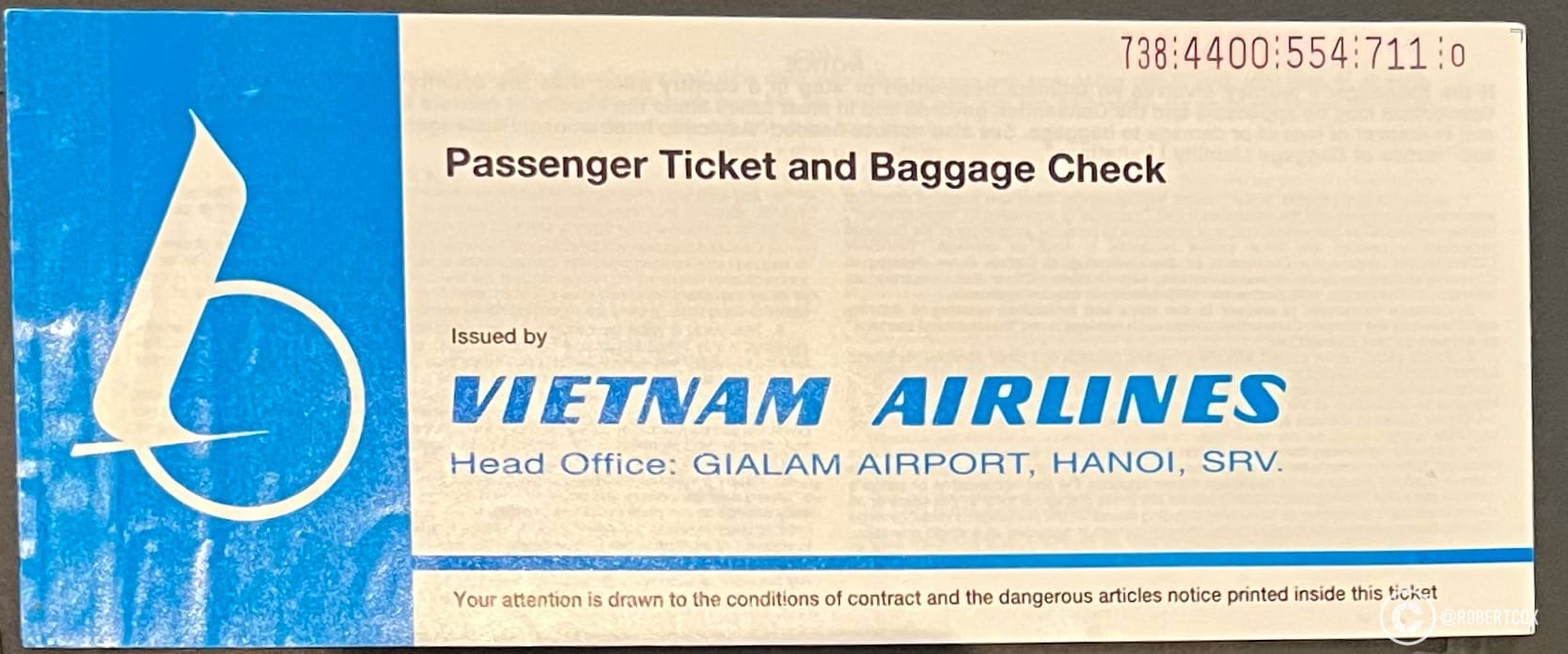
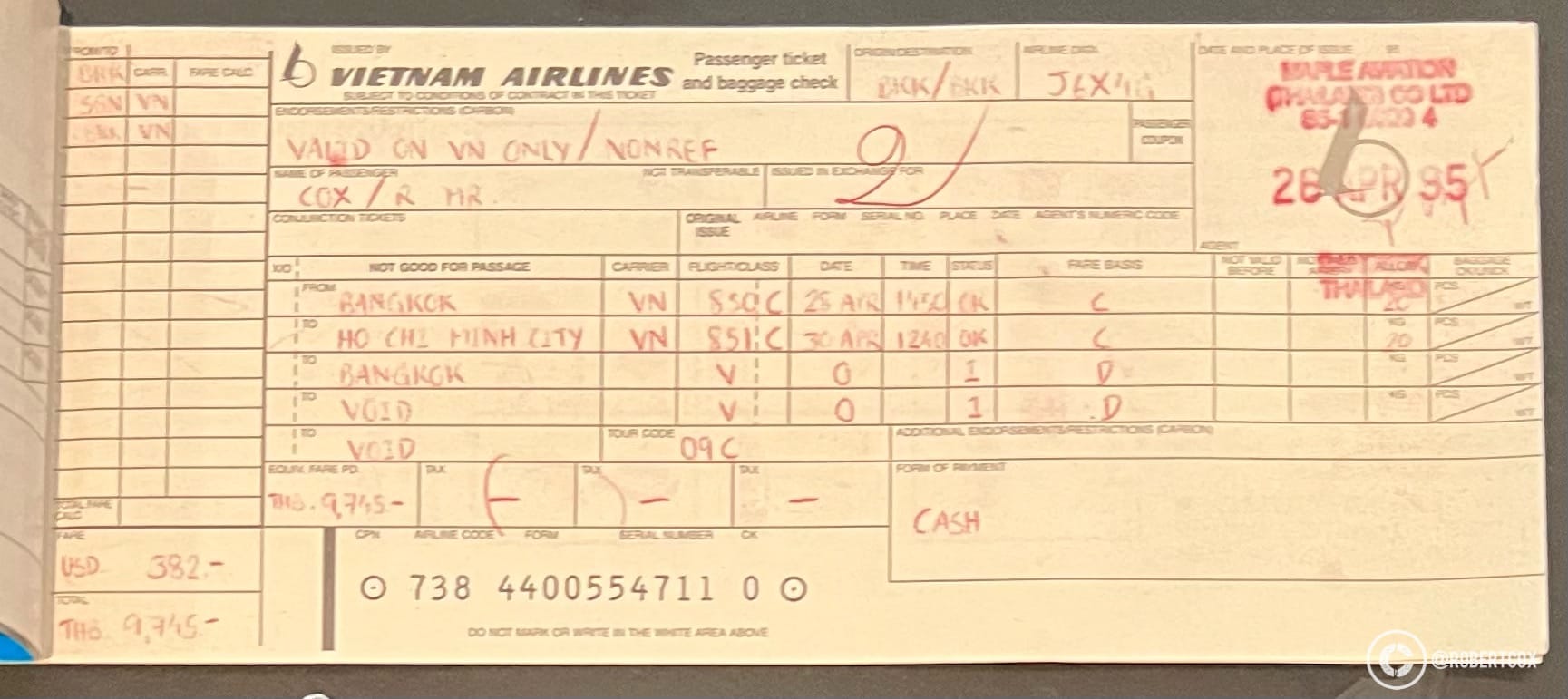
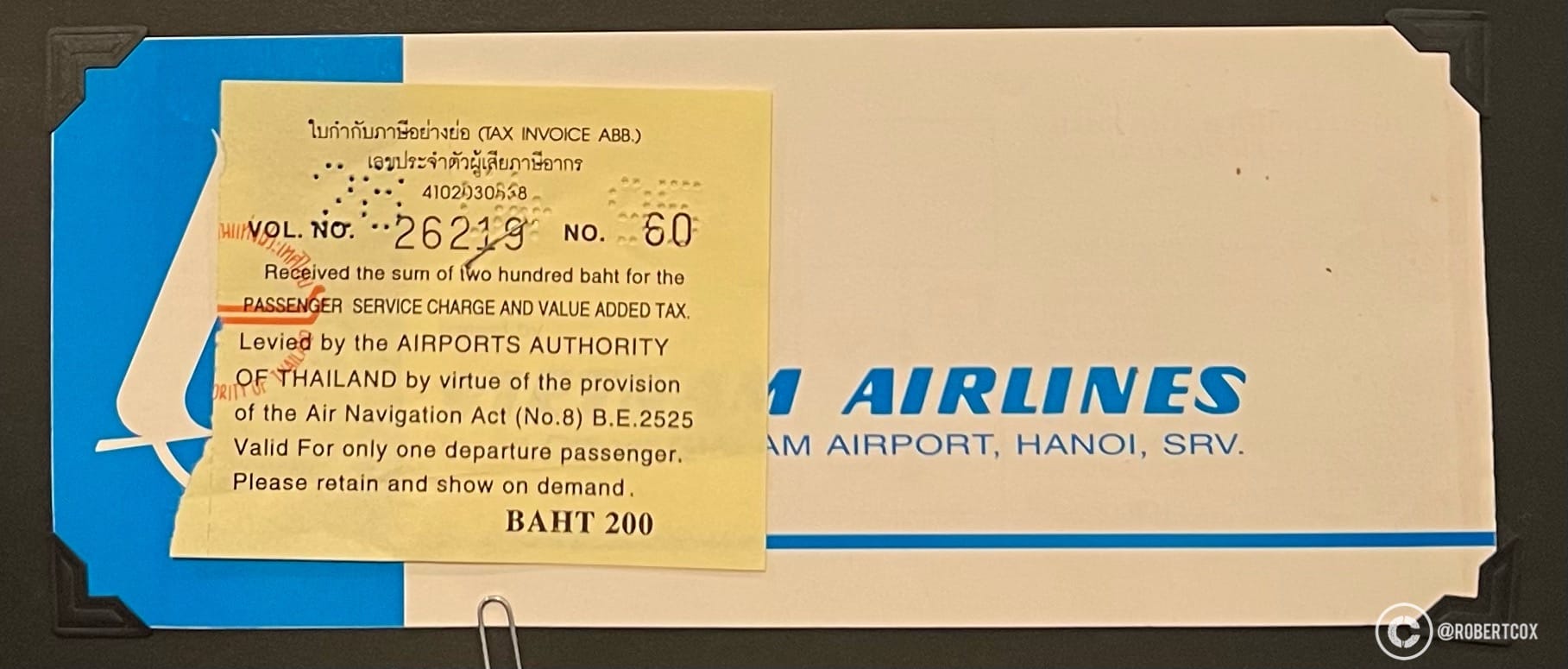
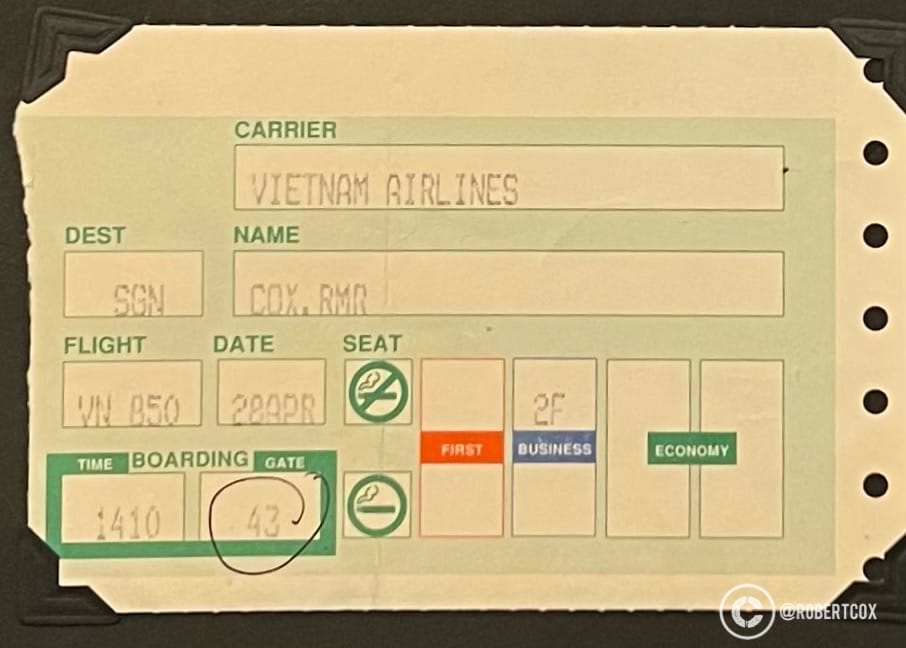
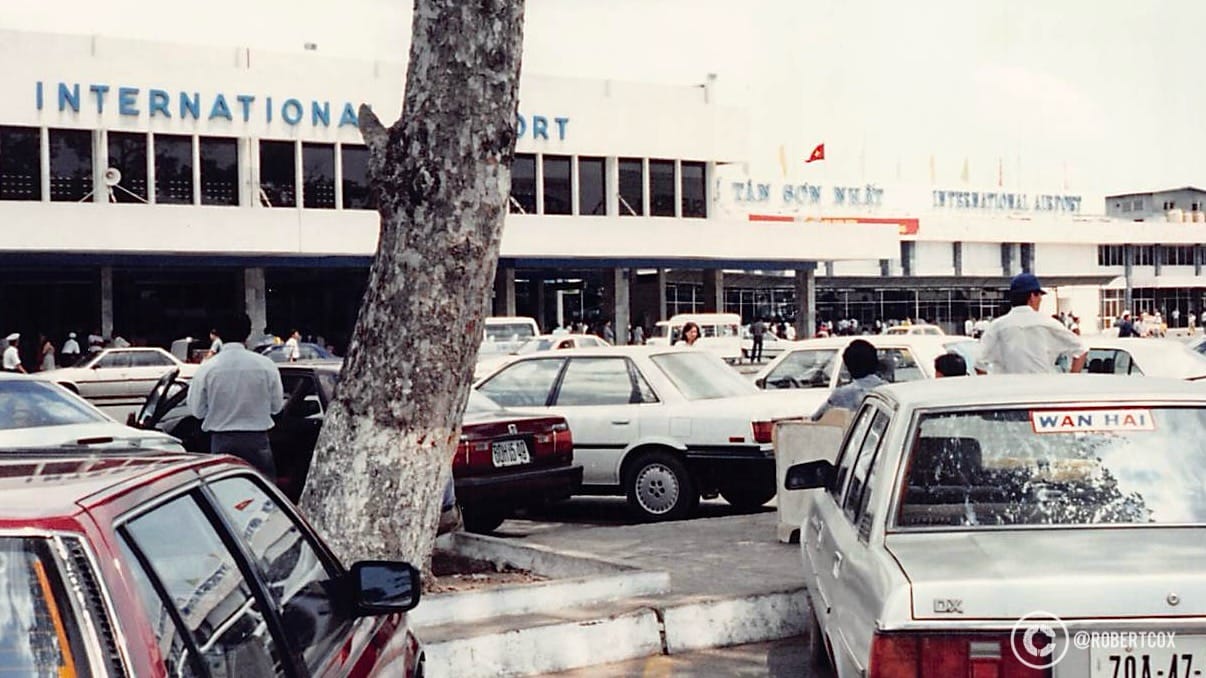
On the afternoon of Friday, April 28, I checked into the Floating Hotel on the Saigon River, recommended by my travel agent in Bangkok for its reliable clean water supply, a necessity in 1995’s developing infrastructure.
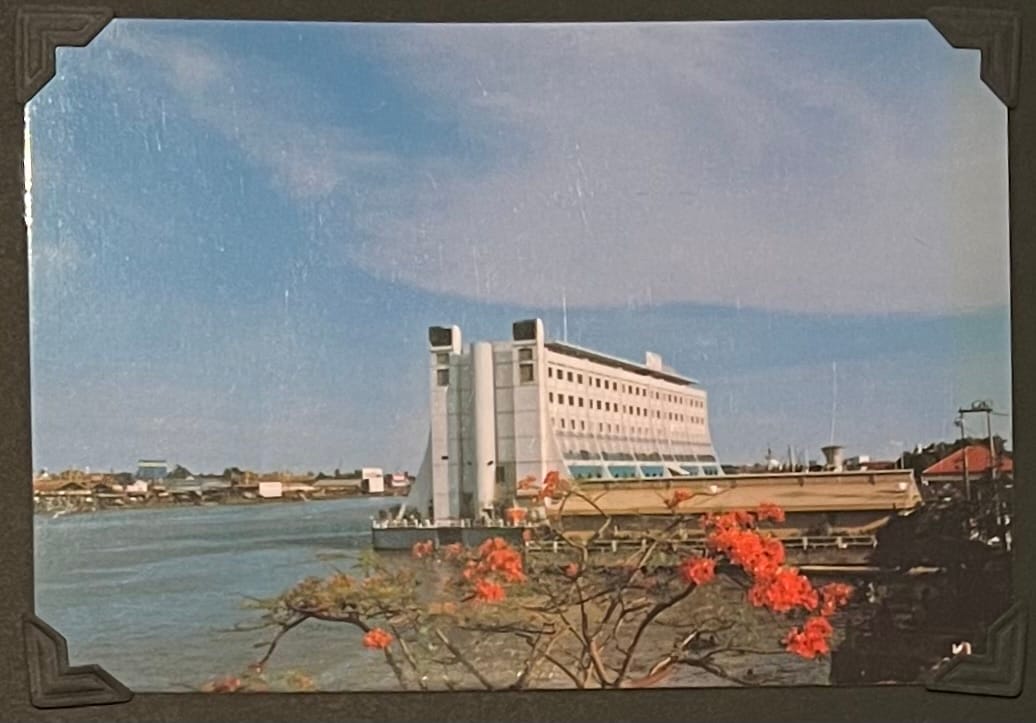
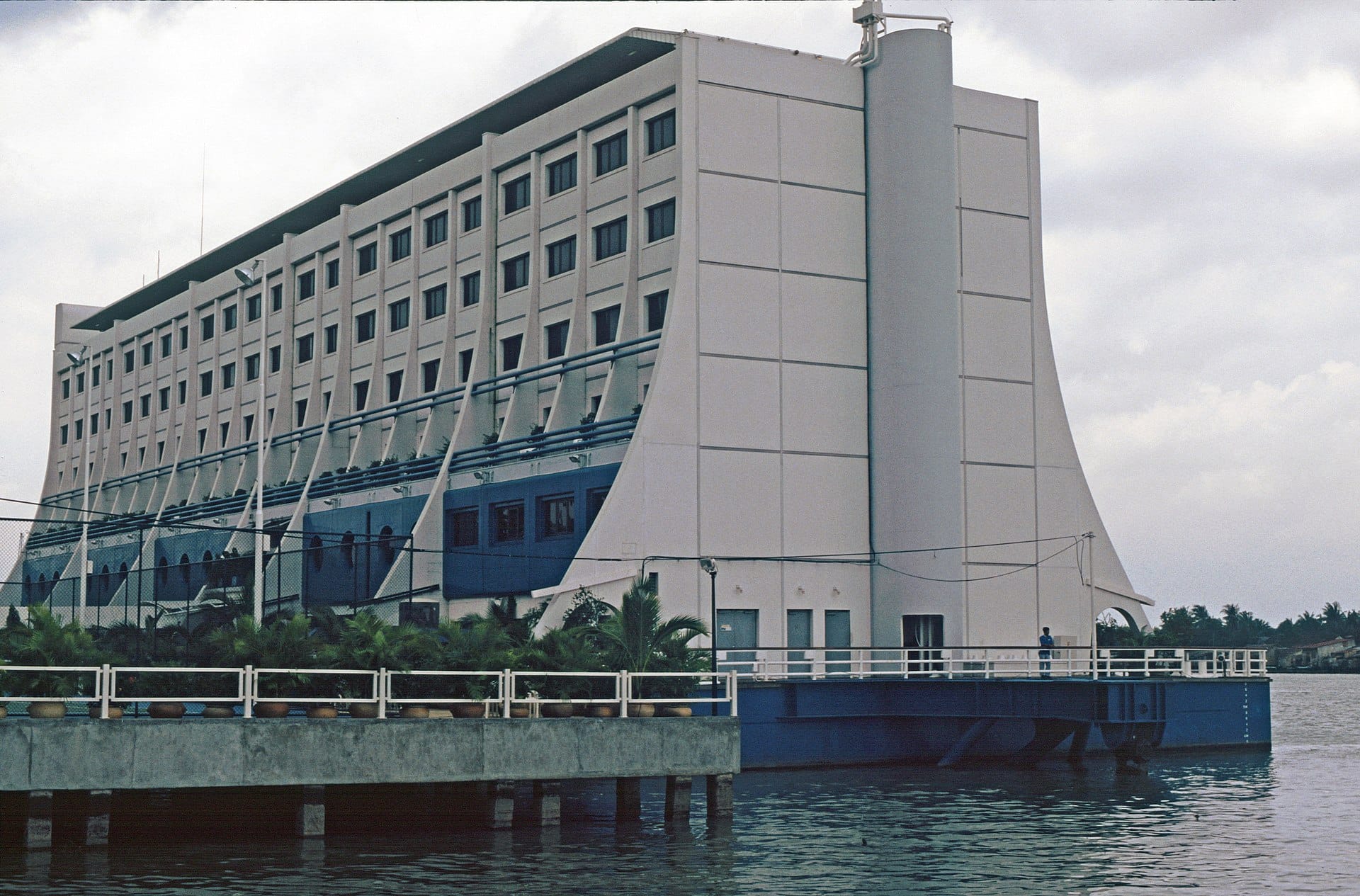
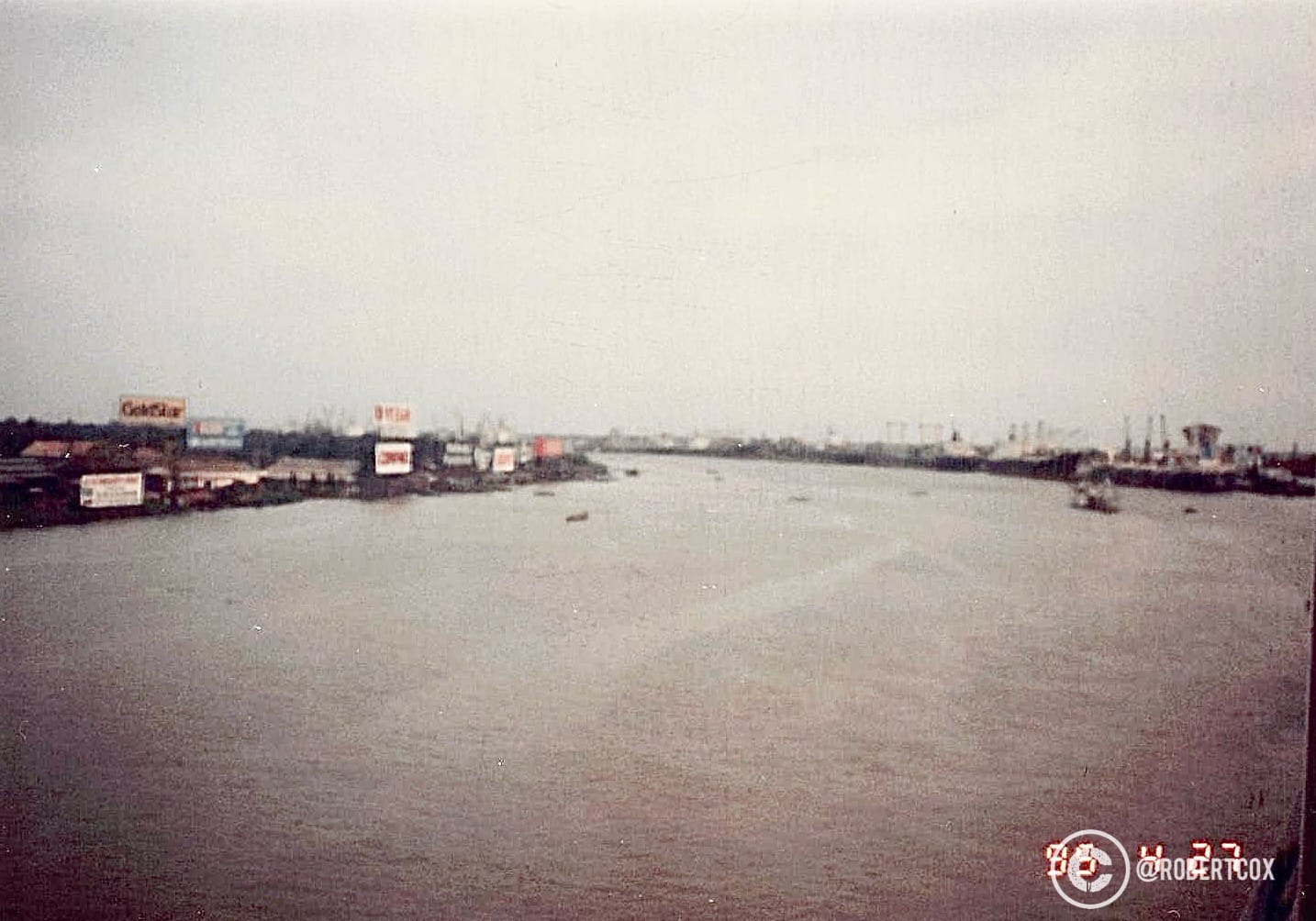
At the front desk, I innocently asked to exchange $100 for Vietnamese dong. The clerk’s alacrity and enthusiasm instantly alerting me to having made a terrible mistake. He grabbed my $100 then, as I watched with dismay, he literally dusted off stacks of banded local currency, piled them up to about 10–12 inches high, then happily handed me a massive wad of nearly worthless bills. I had been had.
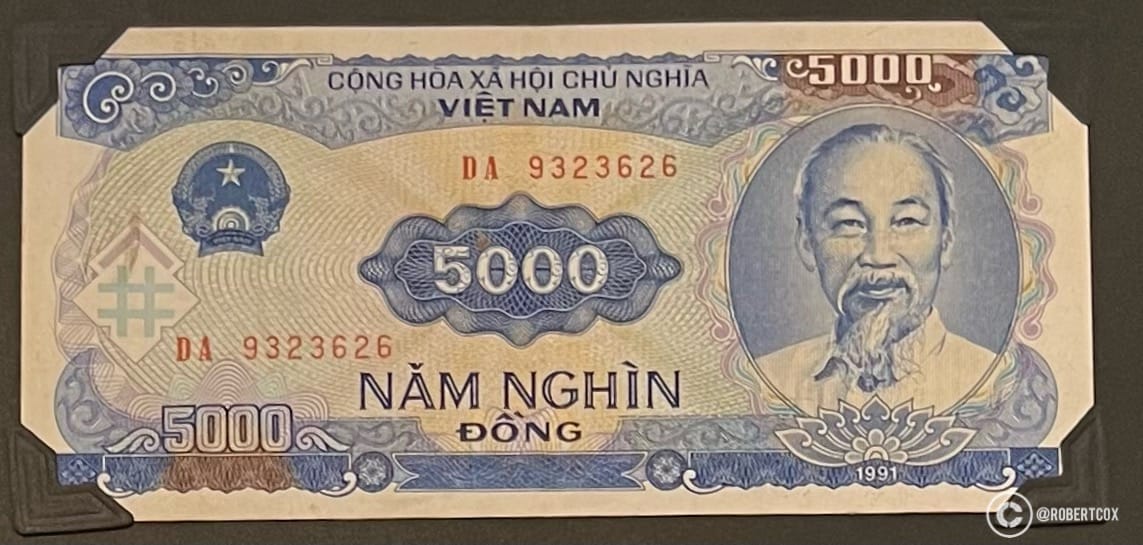
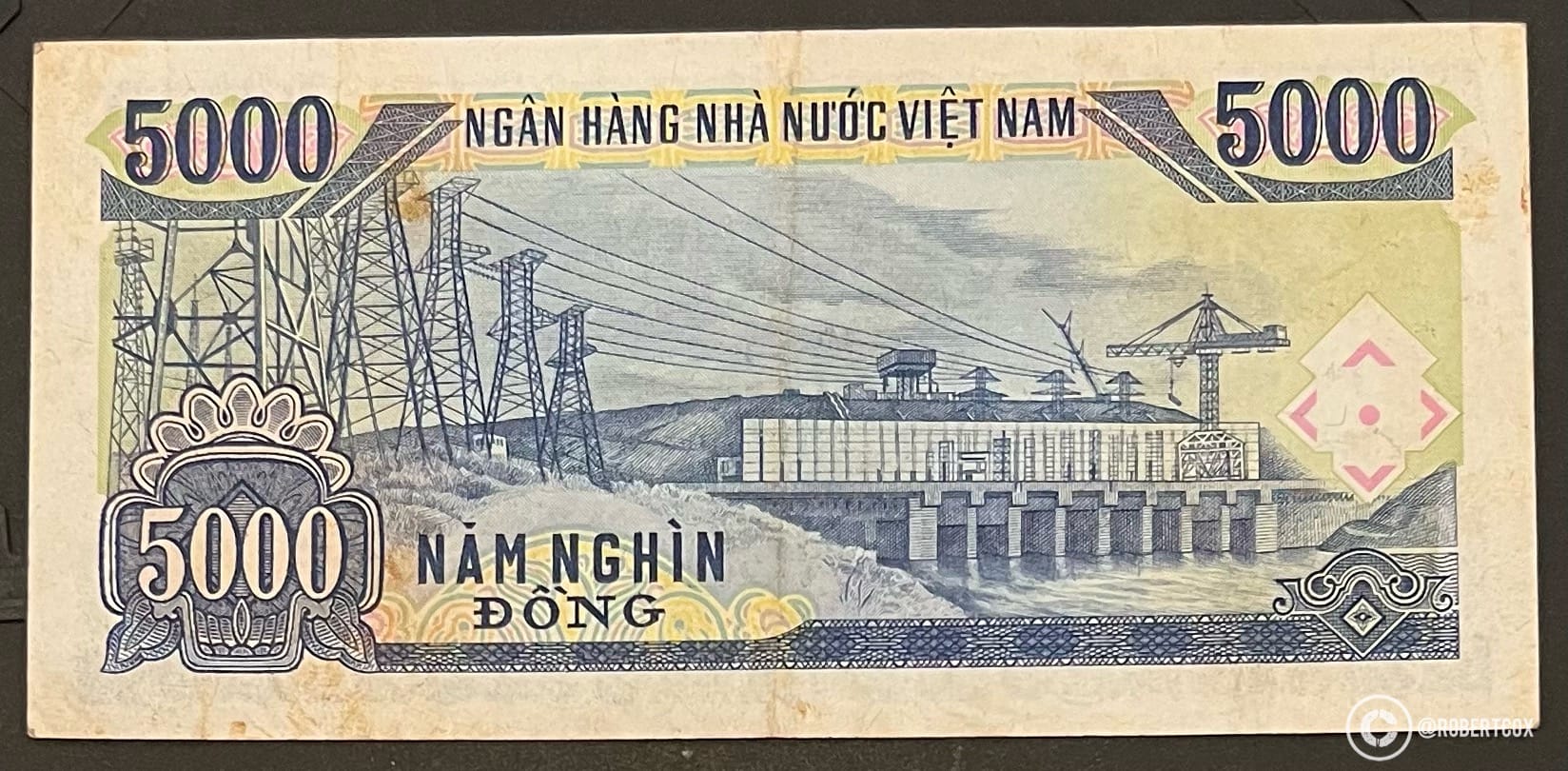
It was far too large to carry to dinner that evening, but I hesitated, unsure what to do with it. Concerned about security, I returned to my room, where there was a safe. Then a thought struck me: with my phone calls tapped and minders following my every move, the hotel staff likely had access to the safe as well. I laughed at myself, realizing the absurdity of my worry—no one would bother stealing a foot-high stack of worthless cash. I stuffed a couple of inches’ worth into my jacket pocket just in case anyone would accept it (no one would) and left the rest on the bed, figuring if anyone wanted it, they could take it.
When I left Saigon, I hadn’t spent a single dong. At the front desk, the clerk happily bought back my entirely unused stack for about $40, a fraction of its original value but a practical exchange given the currency’s worthlessness. I held back a few notes as souvenirs (the clerk did not bother to count the notes), later giving them to friends and family when I returned to the United States, a tangible reminder of my brief but memorable journey to a city on the cusp of transformation.
That evening, I dined at the Vietnamese House, likely one of Saigon’s finest restaurants, housed in a French colonial villa that remains highly regarded today, earning Michelin ratings in 2023 and 2024,. Its elegant building and refined interior underscored its status. I was there to meet a lawyer from Hong Kong, working for an international law firm, and his partner. The lawyer ordered two very large bottles of water. Noting my surprise he explained that one bottle was for drinking, the other to clean our plates, glasses, and utensils, explaining that the water in Saigon was undrinkable for foreigners and they used the same water for washing dishes. We cleaned the items methodically, then enjoyed our meal.
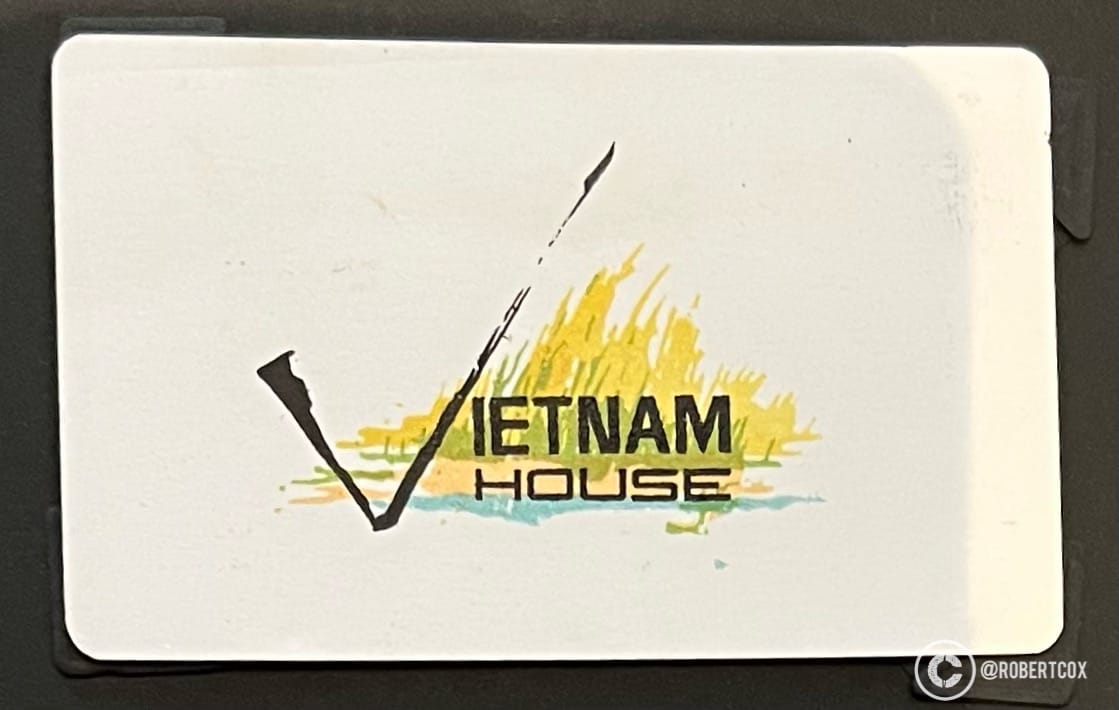
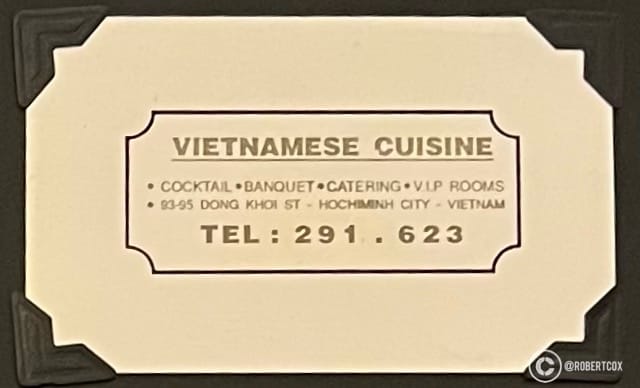
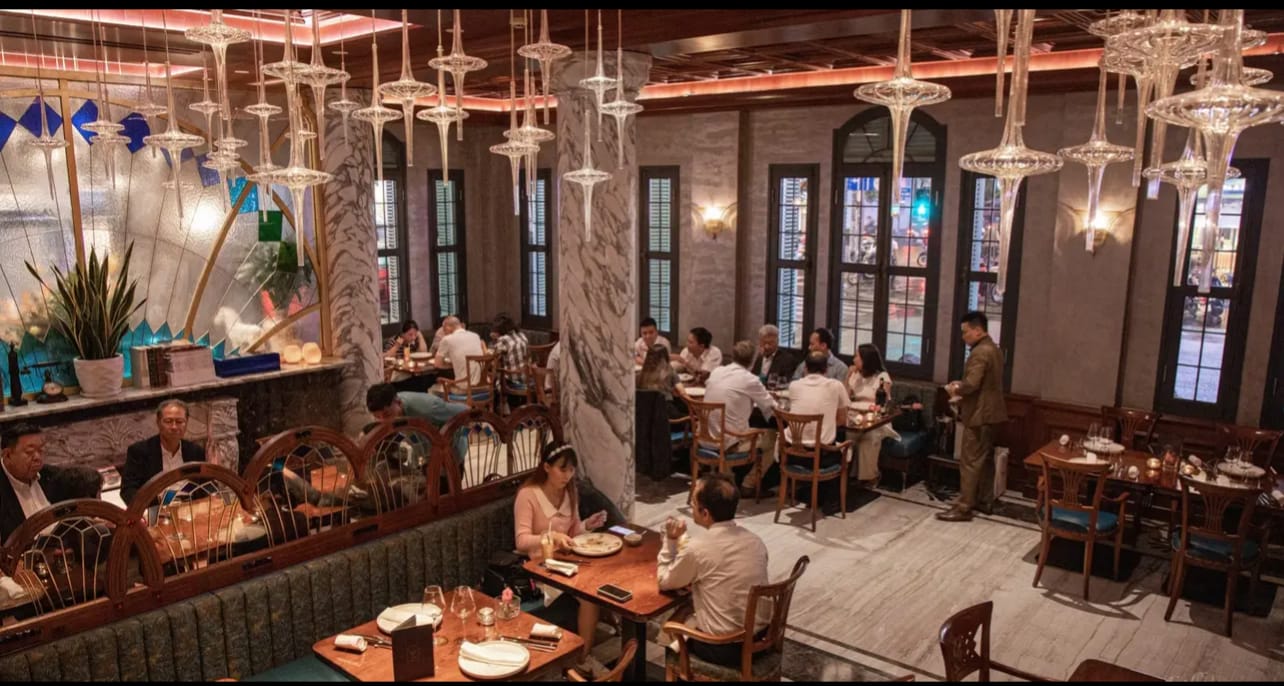
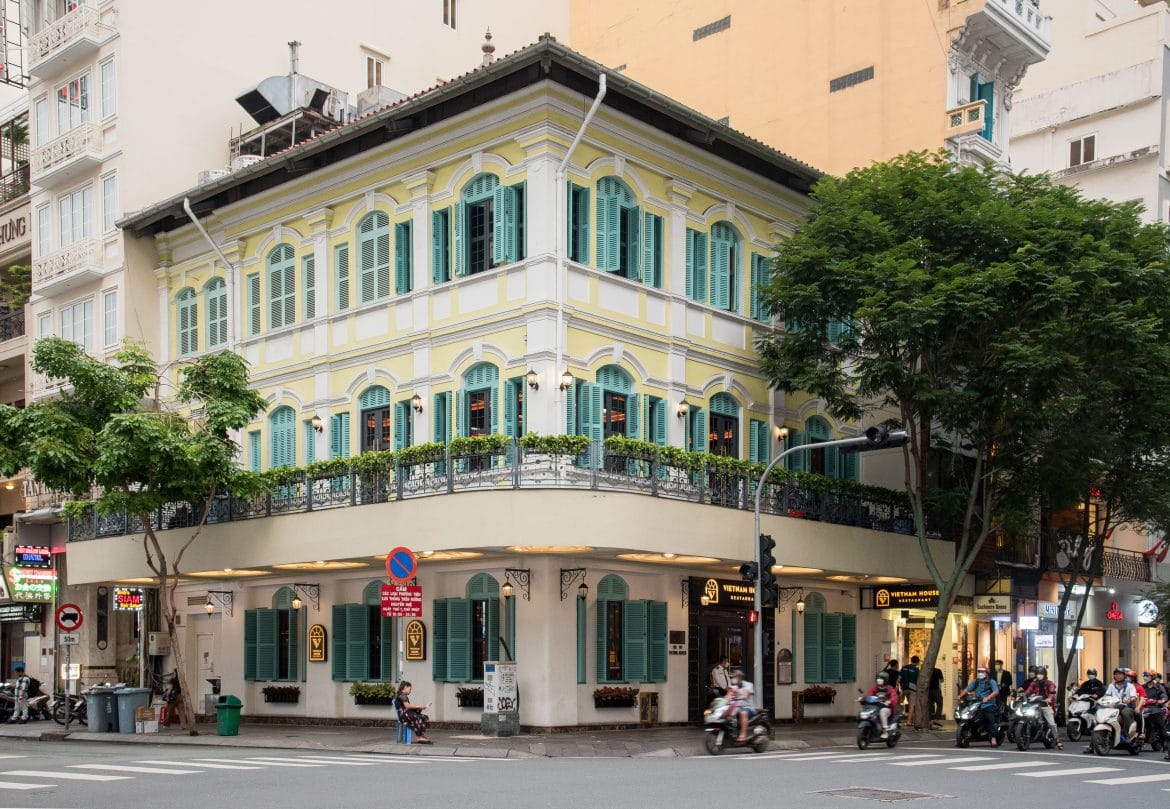
VIETNAM HOUSE RESTAURANT VINH DỰ ĐẠT GIẢI MICHELIN SELECTED 2024
As one of the restaurants recognized by the Michelin Guide 2023, Vietnam House Restaurant once again affirms its brand and quality by continuing to appear in the Michelin Selected 2024 list. Located within a historic villa at the corner of Đồng Khởi and Mạc Thị Bưởi streets, the restaurant serves contemporary Vietnamese cuisine, celebrating the traditional beauty of Vietnamese culinary arts with a touch of international flair.
Afterwards we went outside for drinks. I cannot recall if this patio was at the same restaurant or nearby but what I remember is being seated near a group of about a dozen war correspondents back for the 20th anniversary of the the end of the war. The clear leader of the pack was the boisterous Peter Arnett of CNN. They were quite drunk and loud but they mesmerized the other patrons, including me, with gripping stories from the war. Their vivid tales, shared over drinks, held all of us spellbound, creating a charged atmosphere steeped in history. My only regret was not being able to record this captivating scene, but there were no iPhones in 1995. It's too bad. That unforgettable moment, was alive with the raw energy of Saigon’s past.
Outside, streets thronged with parade rehearsals for April 30. I left my hosts and wandered through the crowds. It was hard not to notice that I was a good foot taller than the tallest person I saw on the street. I felt like a giant strolling through Saigon. There were many people and all of them were very friendly, waving and talking to me and being very courteous and welcoming, which given the circumstances surprised me.
Floats with Vietnamese flags, marching bands, cheerleaders and festive 20th anniversary banner drew locals, their only chance to view elements of the parade, as it was restricted to Communist Party members. It was then I realized that my purpose in coming to see the parade might not have been realistic.
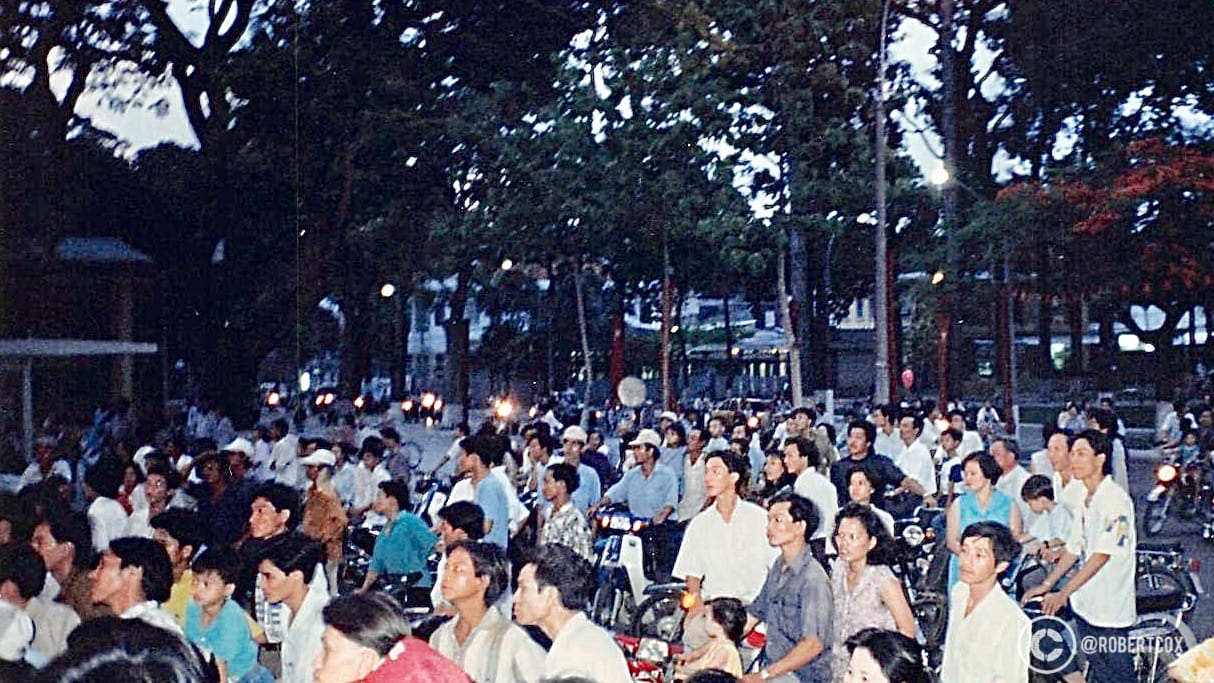
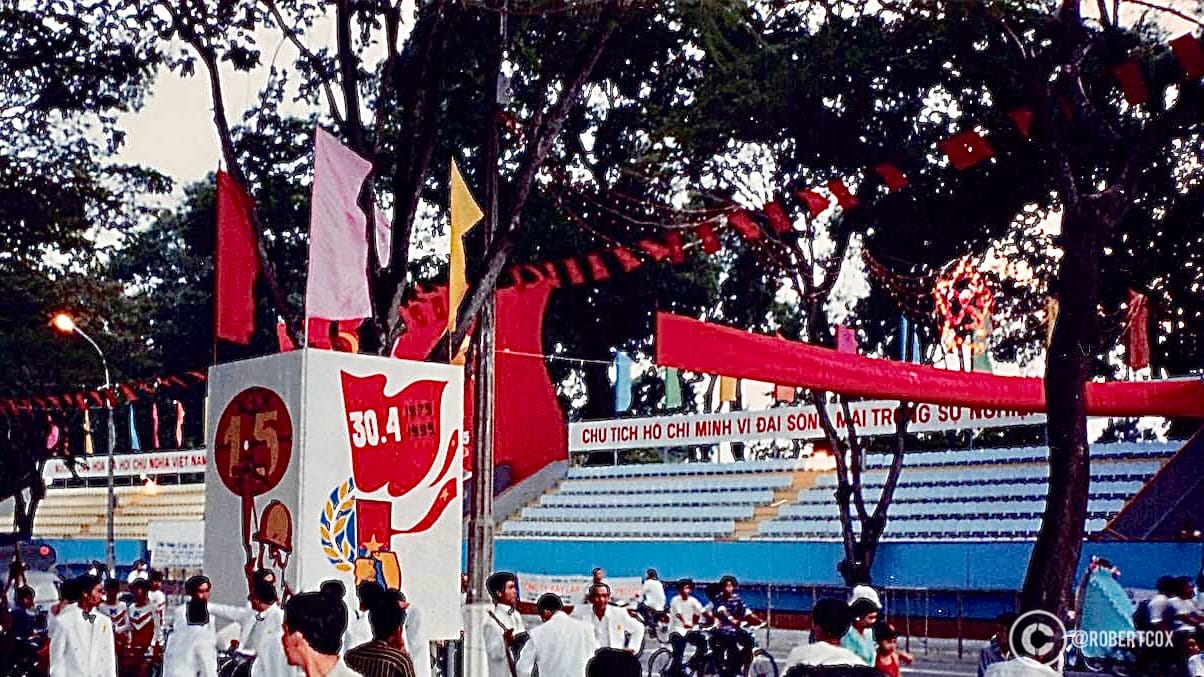
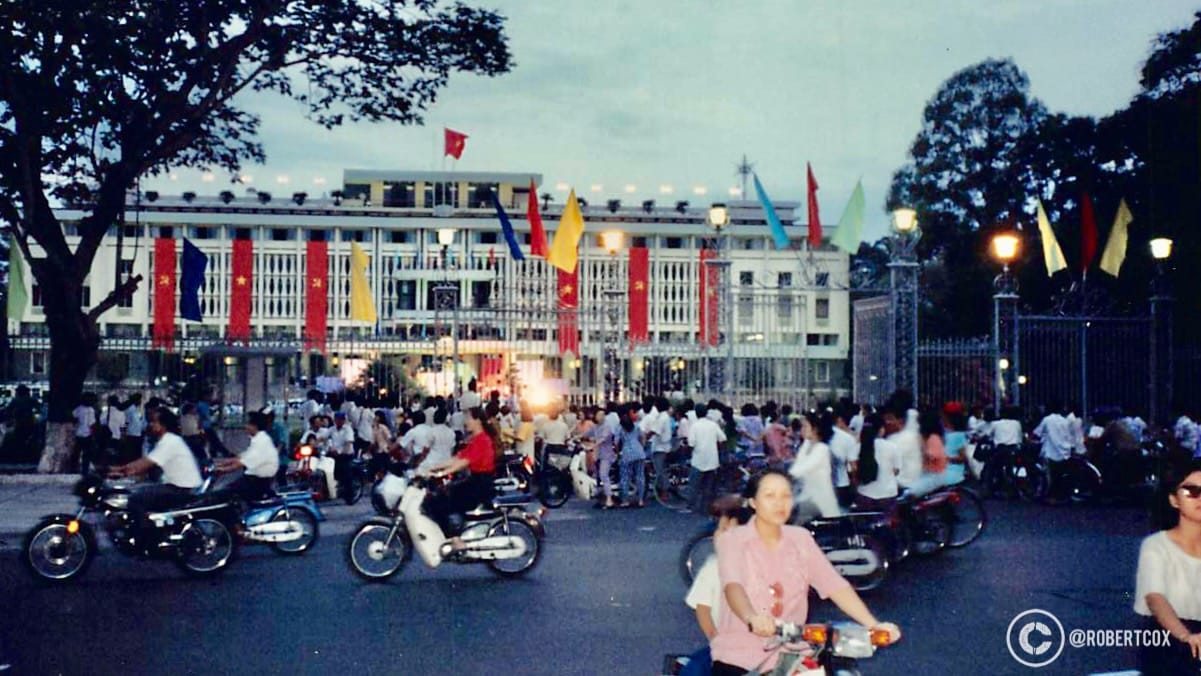
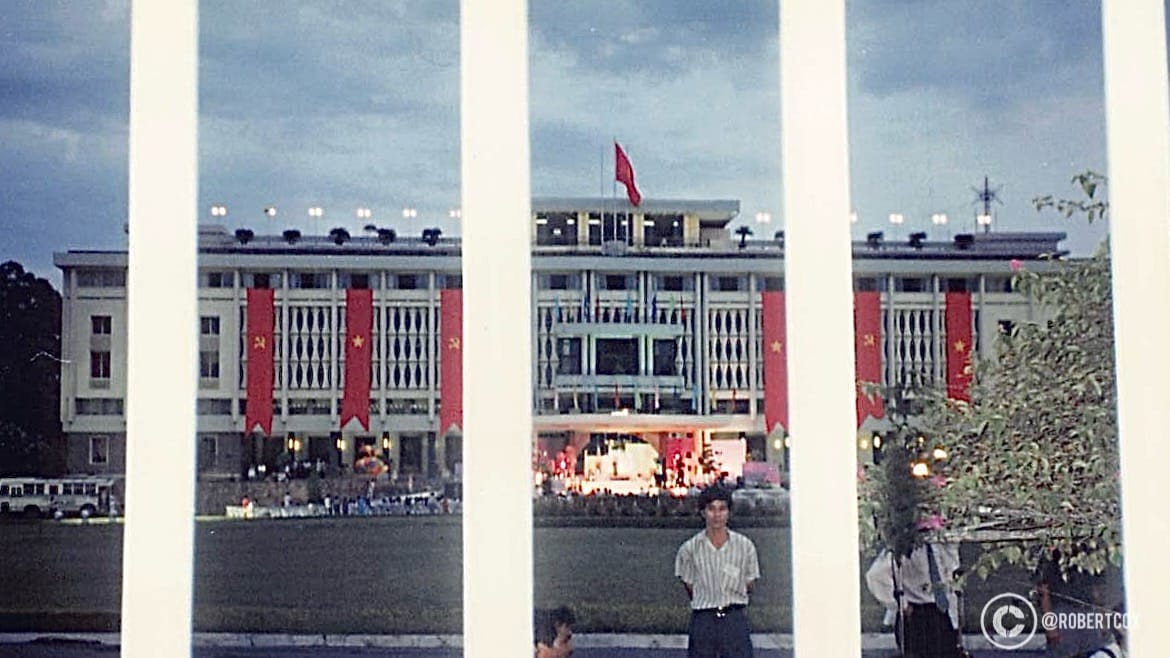
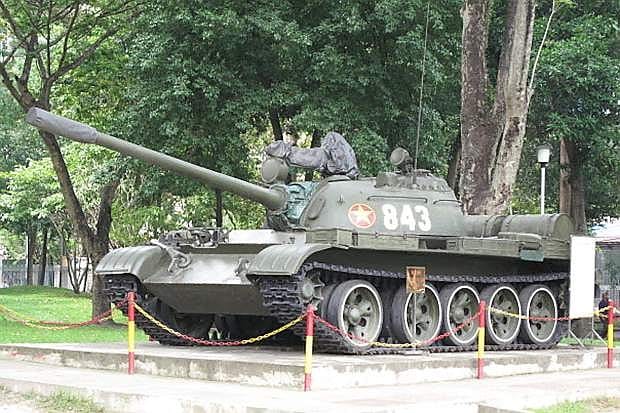
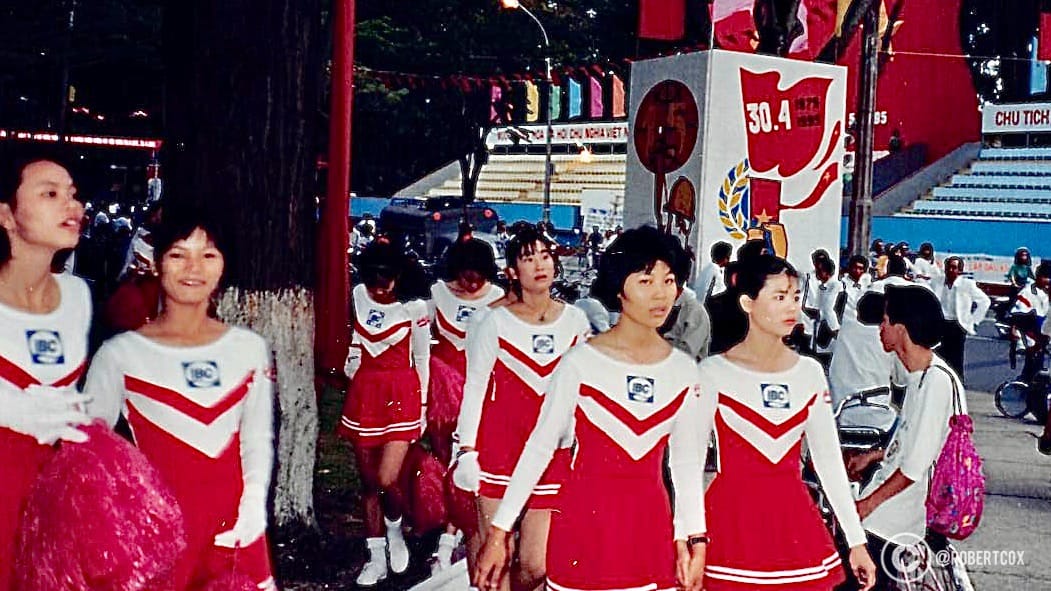
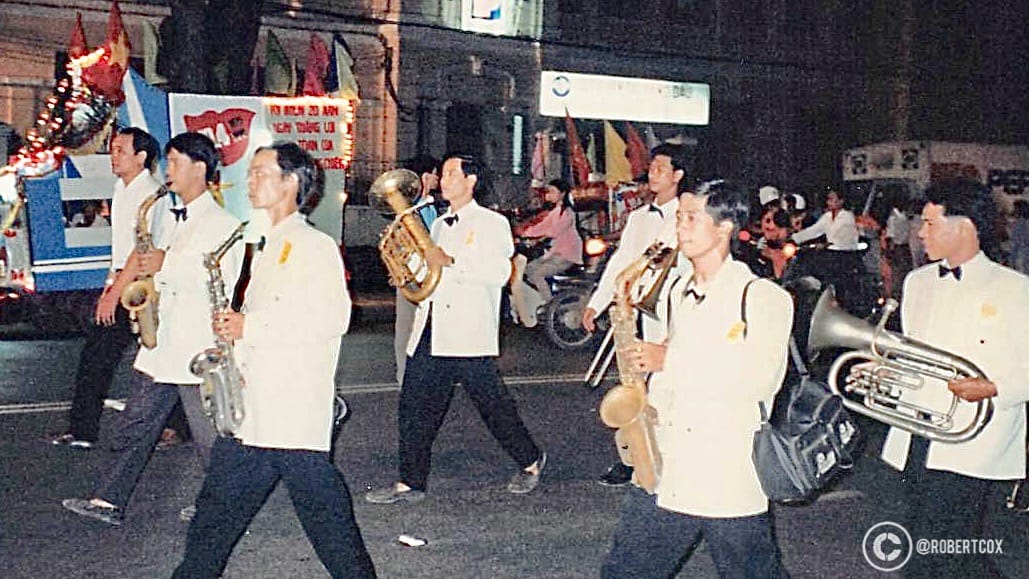
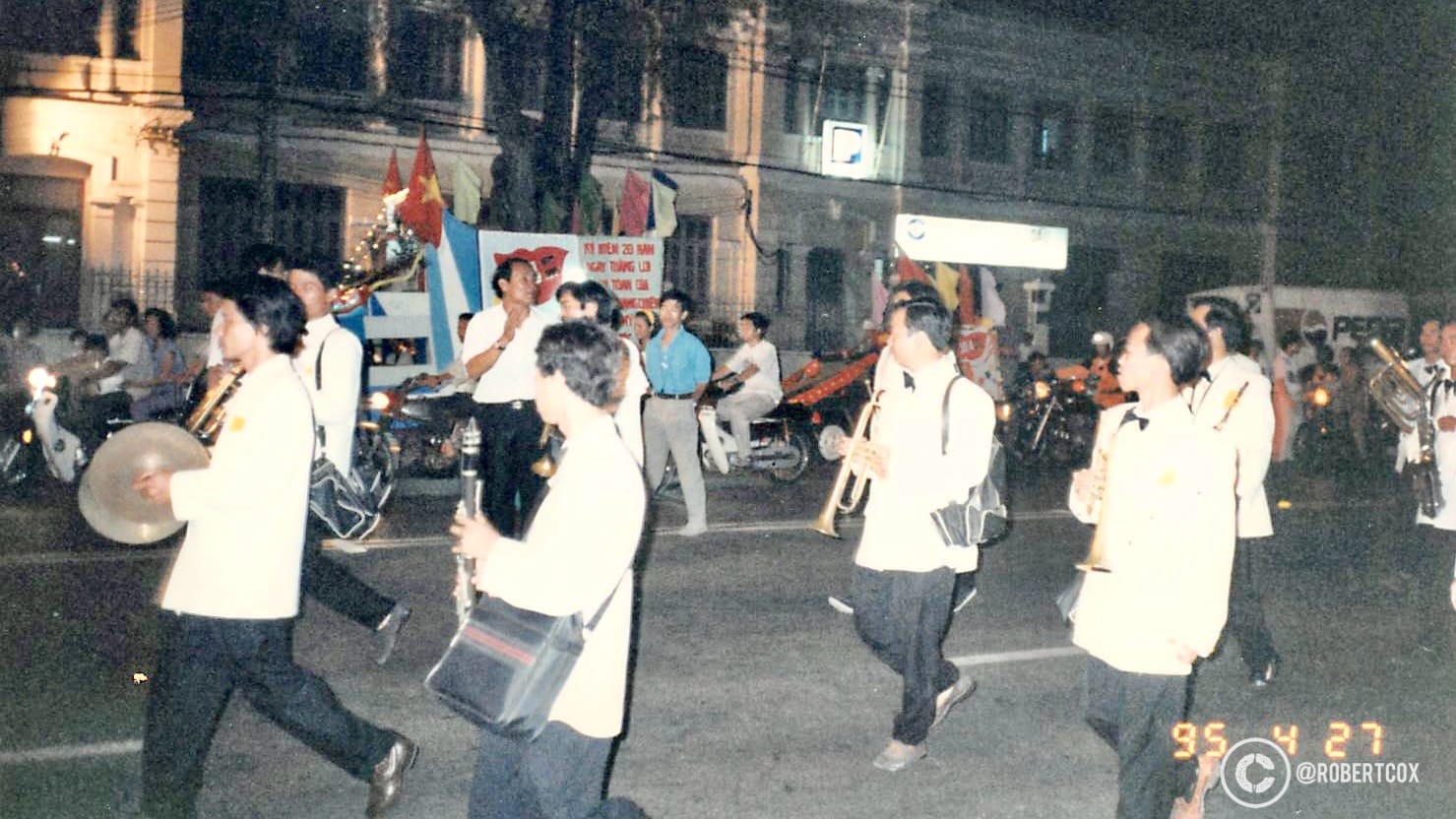
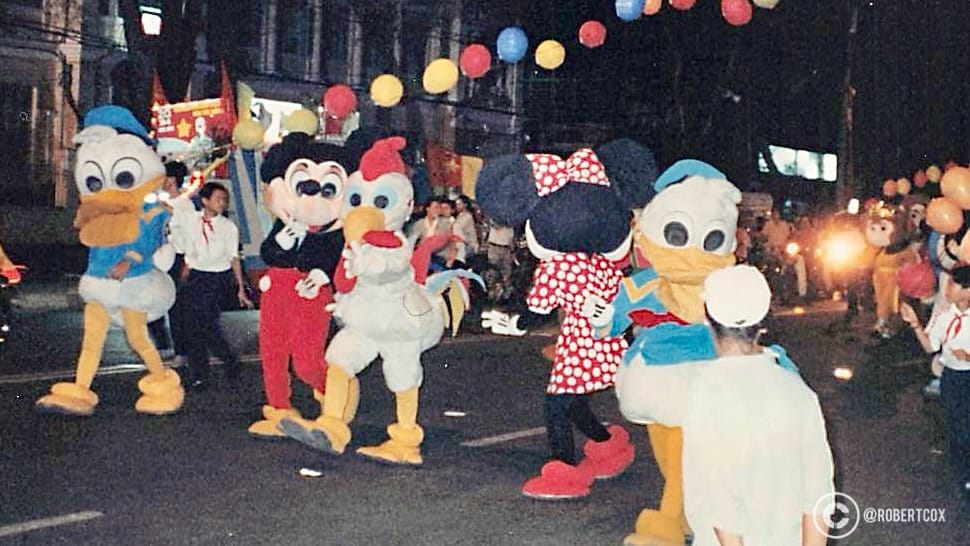
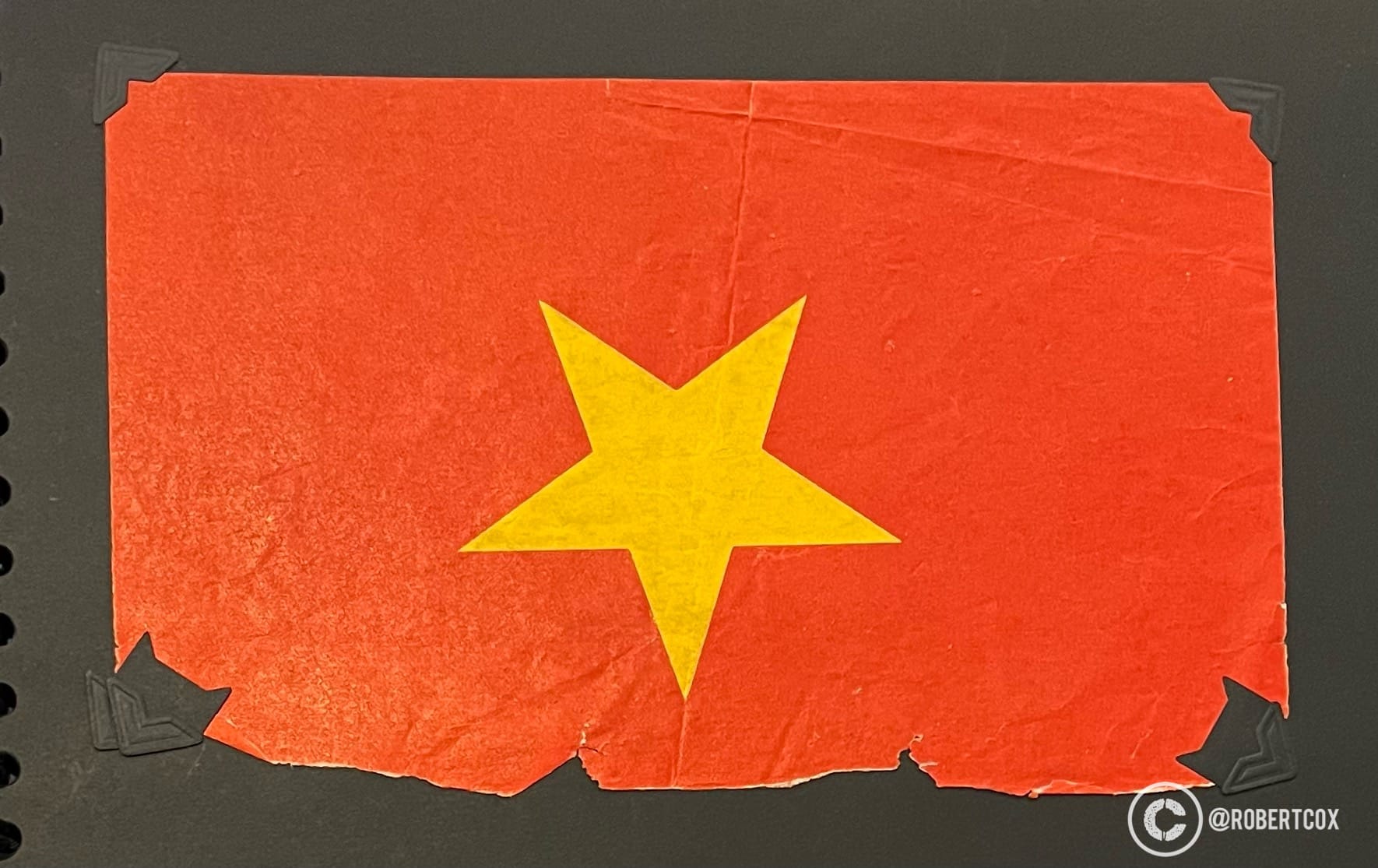
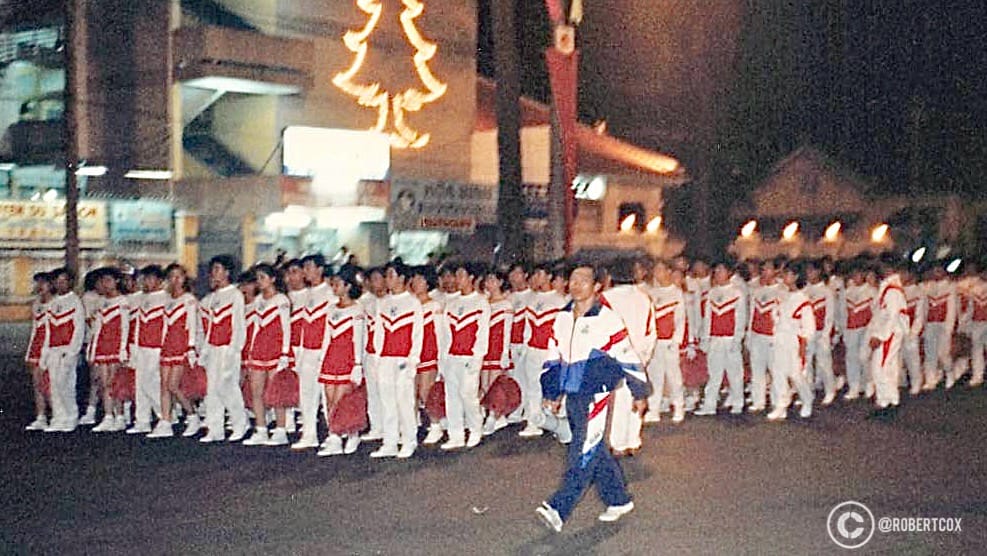
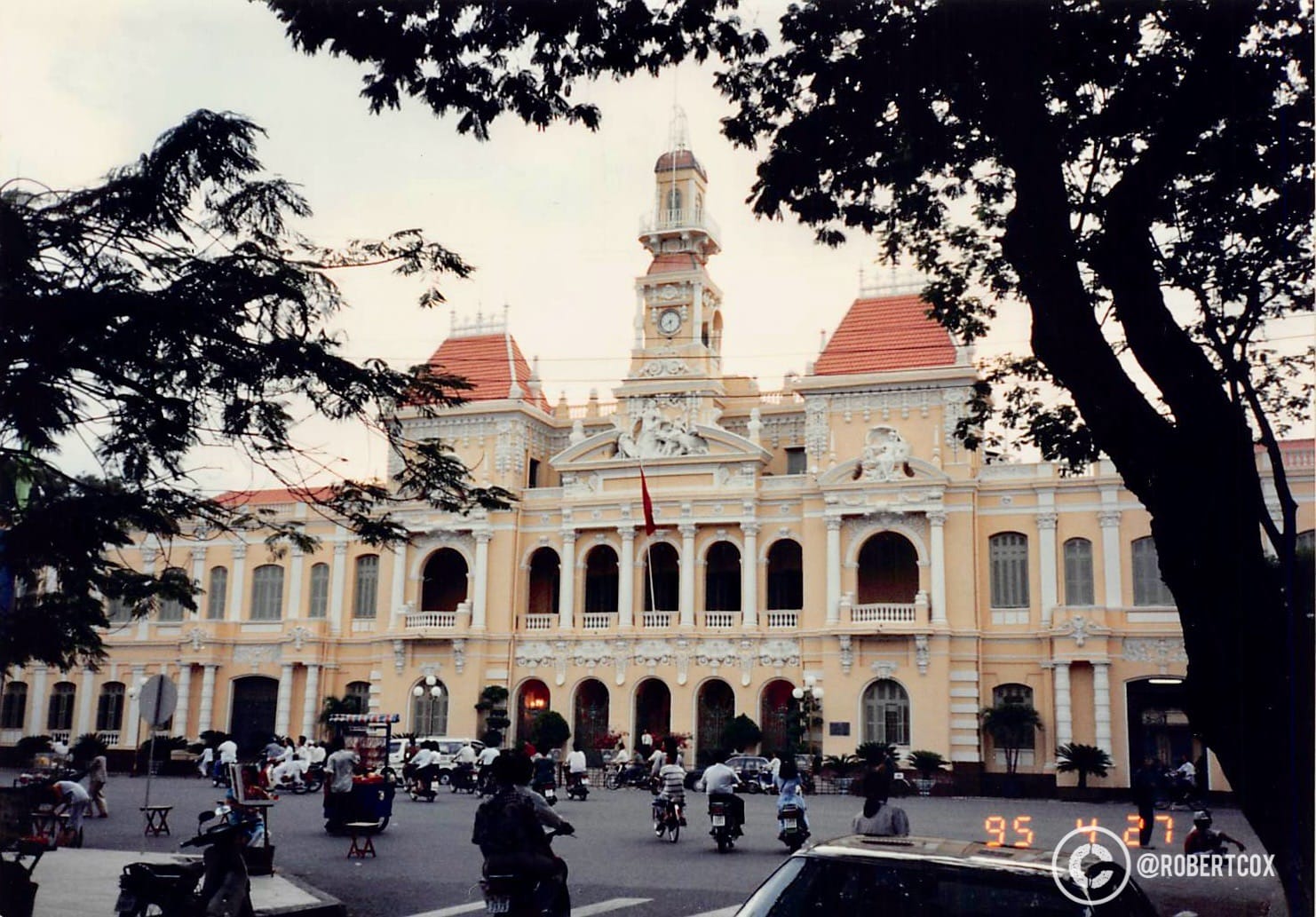
Saigon 1995 Part I: Arrival in Saigon and a Distinctive Dinner – Friday, April 28, 1995
Saigon 1995 Part II: Immersion in Saigon’s History and Culture – Saturday, April 29, 1995
Saigon 1995 Part III: 20th Anniversary Parade and My Departure – Sunday, April 30, 1995
Saigon 1995 Part IV: Reflections on my Visit to Saigon
Saigon 1995 Part V: Saigon Postcards & Old News Videos
Saigon 1995 Epilogue: Rediscovering Saigon Through an AI 30-Year Flashback

